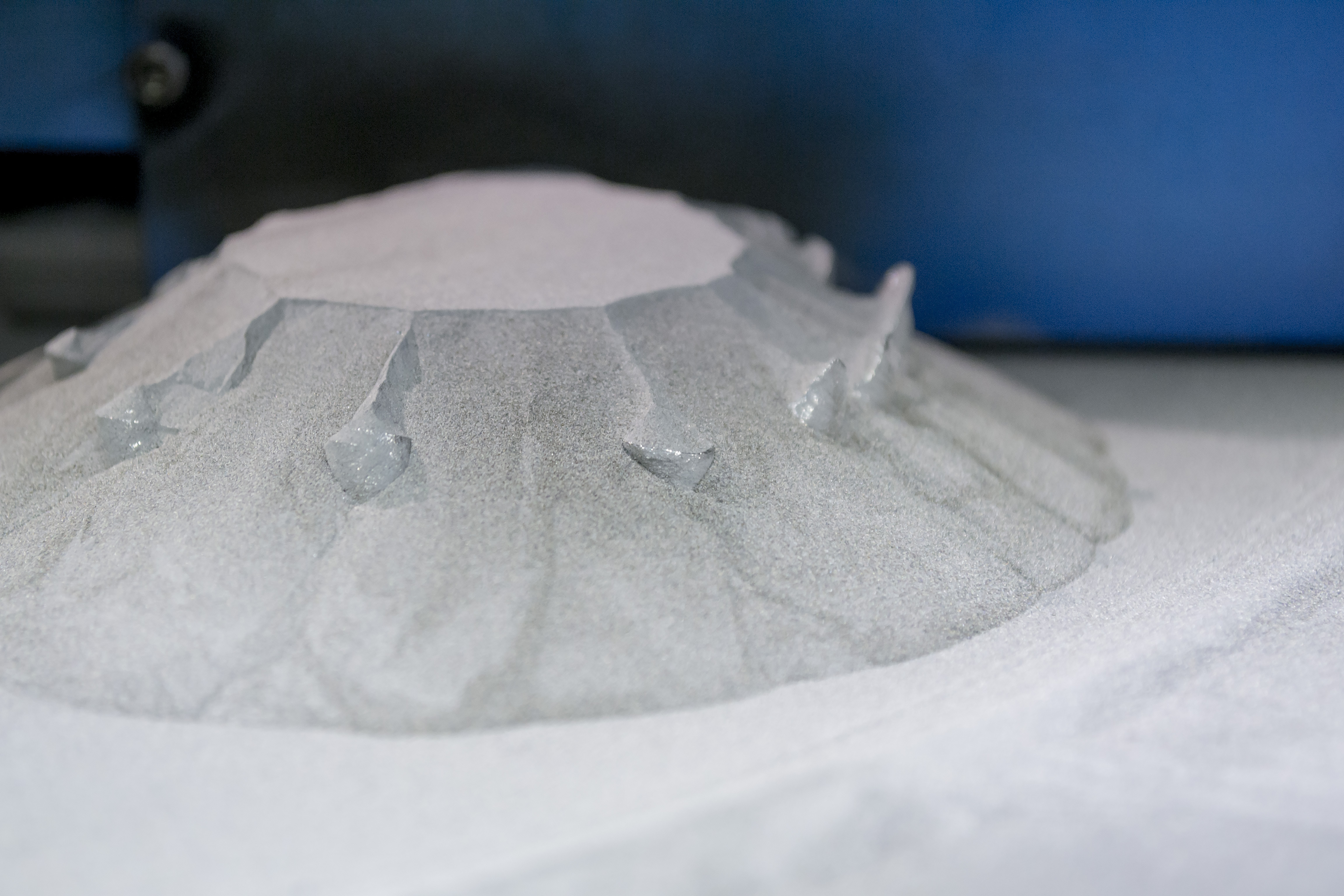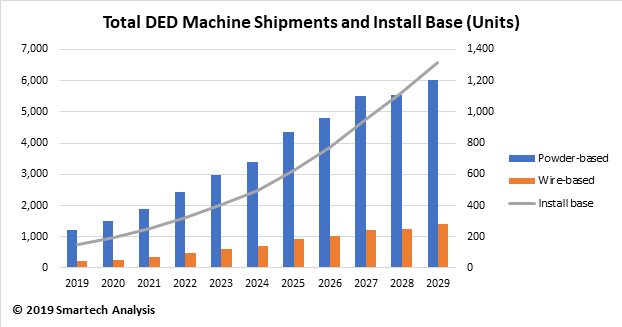Last week , we saw the stock of three prominent 3D printing companies take a tumble. On February 5th, 3D Systems, Stratasys, and ExOne fell 15.4%, 6.2%, and 11.2% respectively, on the tails of a warning from 3D Systems that earnings per share for 2013 would be significantly lower than anticipated.
3D System’s stock is down nearly 30% since January 1rst, while Stratasys and ExOne are down 16% and 32% respectively after announcing similarly disappointing performances in January. What do these blows mean to the 3D printing industry?
In the end, these developments probably don’t mean much, as far as long-term prospects for the industry. 3D printing is still a young industry that has been marked with erratic adoption patterns since its inception. For Wall Street to expect consistent returns on an industry that has historically been characterized by volatility is perhaps naïve. The fact is that these stocks are valued so highly above their current earnings that any bad news was likely to encourage this kind of negative reaction.
Those taking a longer-term perspective shouldn’t be concerned: 3D printing is still a valuable technology for manufacturers. 3D printing offers substantial cost improvements over alternative manufacturing technologies in situations that require fast production times, low-volume production runs, and efficient designs of complex parts. Furthermore, SmarTech sees potential in existing 3D printing technologies to improve performance substantially over the next five years.
If the sky is not falling, what can be taken away from these recent developments?
To SmarTech, these signs point to an under-estimation of just how competitive the 3D printing sector is becoming.
Both 3D Systems and Stratasys cited expenses related to R&D, marketing, and securing supply chains as reasons for missing their benchmarks. These activities are necessitated to keep market share in an industry that is seeing greater performance parity between substitute products, and increasing number of nasty lawsuits, and accelerating product development cycles (3D Systems announced 24 new products over the last ten weeks on its own). Increased competition looks to be the new norm in the 3D printing industry moving forward.
Competition in consumer 3D printers may have been especially under-estimated. With the expiration of original 3D printing patents, the consumer market has seen an influx of successful 3D printing start-ups. These 3D printing companies are showing that they can successfully compete with larger 3D printing companies. For example, Polish 3D printing company Zortrax struck a 5,000 unit deal with Dell in late January. With the looming patent expirations in stereolithography technology over the next two years, the consumer market will see another wave of new entrants hungry for market share.
While the long-term possibilities of 3D printing are vast, current 3D printing technologies are still limited by the size of the parts they build, material properties, price of the machines, and any number of other factors. Until the technology improves, the overall market for 3D printing products and services will be limited, compared to the ultimate potential of the industry.
The real issue arises when 3D Systems and Stratasys are being held accountable by their investors to maintain 30% growth rates in sectors of the 3D printing industry that can’t necessarily support that level of continued growth (e.g 3D printing services and the consumer printer segment). This leaves 3D printing companies with little choice but to deploy more and more resources to try and capture market share of these slower-growing markets and to appease their investors. Notice that revenues from 3D Systems and Stratasys will still land within their projected ranges.
Perhaps this jolt in the market is sign for investors to wake up and smell the roses. Investors need to realize that 3D printing is not as much a miracle technology as Obama and others have characterized it, but is more another tool in the manufacturer’s tool chest. They need to realize 3D printing’s ascendency will not be marked with exponentially increasing returns, but rather with triumphs, pockmarks, and kinks as equipment manufacturers strive to innovate fast enough sustain large growth. Most of all, analysts need to begin focusing less on what 3D printing can do, and more on what 3D printing will do through studying the strategic consequences of specific 3D printing technologies.




